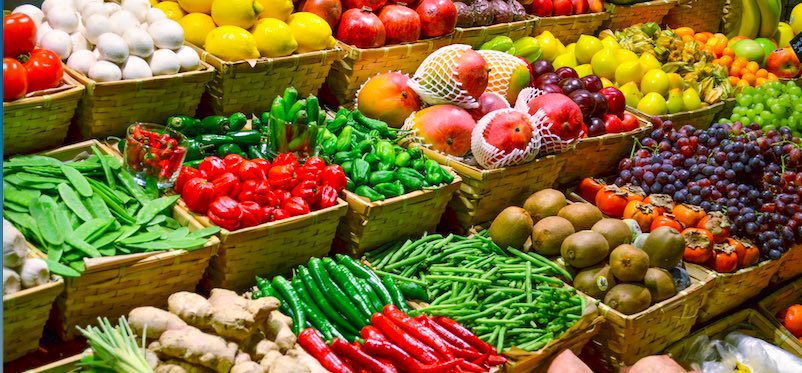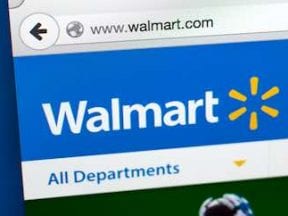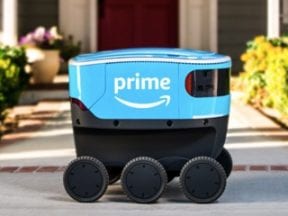Covid-19 greatly changed the grocery industry, perhaps more than any retail sector. Years of projected evolution occurred in three months as the pandemic altered consumers’ lives. eMarketer now estimates that 12.4% of total U.S. grocery sales in 2021 will be online.
Online orders, home delivery, and in-store and curbside pickup became the new normal. Grocers without ecommerce capabilities were left scrambling.
User experience is the key lesson for grocers moving forward. But what makes for a compelling online grocery shopping experience?
It’s actually quite complex. Grocery has unique characteristics not seen elsewhere. Basket sizes tend to be much larger. Shopping lists, pharmacy items, in-store picking and substituting — all create platform scaling headaches.
Regardless, grocery consumers now have, essentially, three online shopping requirements.
3 Online Grocery Requirements
Fresh produce. Many consumers prefer in-store shopping for the ability to select the freshest produce. Entering a store, shoppers are bombarded with colors and smells that stimulate the senses and unlock the wallet. It’s a key reason to visit a physical grocery store.

Fresh fruits and vegetables are a key reason consumers shop at physical grocery stores.
The online experience is different. Too often customers receive stale, wilted, or unripe fruits and vegetables. A shopper trusts grocers to deliver produce that she would pick herself. Delivering overripe bananas or tired lettuce will not win a repeat sale.
Substitutions. Product substitutions can be a frequent cause of customer dissatisfaction. When shopping in-store, customers will find a suitable substitute for some products but not all, abandoning plans to cook a particular meal if a key ingredient is unavailable.
In the online world, this means that grocers need to give customers choices, both overall (“don’t allow any substitutions”) and at the specific product level (“do or don’t substitute this product”). Where a specific product’s inventory is running low, ask the customer about substituting should the item go out-of-stock, allowing her to choose.
How substitutions are handled at the point of delivery is equally important: the delivery driver needs the latitude to remove unwanted substitutions easily and without complaint.
It’s easy to make mistakes when substituting products. Substituting meatless Quorn sausages for pork because the Quorn is out-of-stock makes no sense to a vegetarian. Thus adopting basic substitution rules is essential, including gluten-free, low fat, low sugar, lactose-free, and organic.
But a key reason why substitutions go wrong is low-paid and low-skilled staff. It’s important to invest in training to align the staff’s motivation and ability with customer satisfaction. This area should not be outsourced.
Flexibility. The Covid crisis demonstrated the omnichannel flexibility that grocers need now. Most ecommerce platforms don’t do this well natively. For example, adding click-and-collect is relatively straightforward, but providing the ability to specify a specific time slot for curbside pickup is necessary, too. Hence, flexibility in order management is critical to accommodate changing buying modes.
Moreover, online consumers expect ever-faster delivery, especially in metro areas where same-day delivery is now common. For grocery, timed delivery is also important, though this has lessened slightly with more people working from home. During the pandemic, simply getting a delivery slot was seen as a victory by many consumers. One of the lessons from that period is to let customers pick their delivery window upfront before starting to shop. Assembling a basket of 40 items only to find that you can’t get a suitable delivery window is frustrating.
Syncing the physical and online stores is now expected by customers who want to shop online and then change their mind and pick up the same day in-store. Similarly, customers expect promotions and loyalty schemes to work seamlessly between online and in-store.
Outsource?
Given the rising consumer expectations for faster, convenient, and flexible shopping (whether in-store or online), marketplace models are not likely the right long-term solution. Many midsized grocers without an online presence rushed during the pandemic to embrace Instacart and similar services as a quick fix. But delivering quality, seamless experiences online and in-store is difficult if you’re outsourcing to a marketplace.




